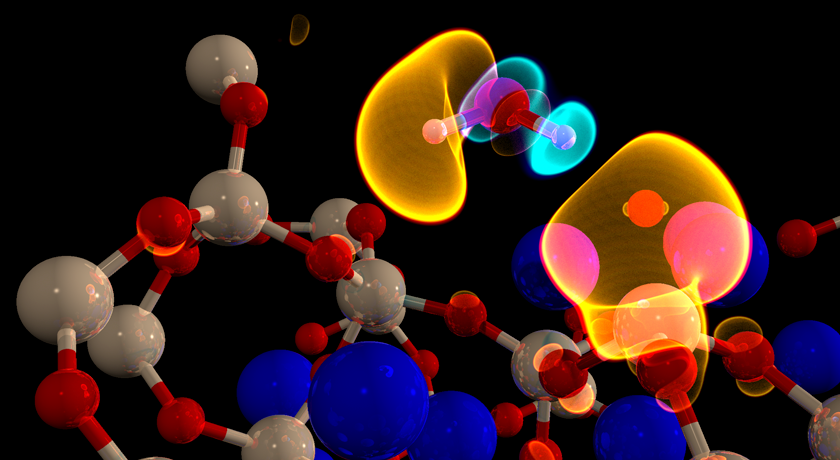
About MCC
The Materials Computation Center at Penn State primary aim is to support Penn State faculty working in computer-based simulations of materials- across the various length and time scales. This support includes building connections with experimental and industrial partners – specifically connecting to the Nanofabrication and Materials Characterization Laboratories within the Materials Research Institute (MRI) at Penn State.
Fill out the form to connect:

